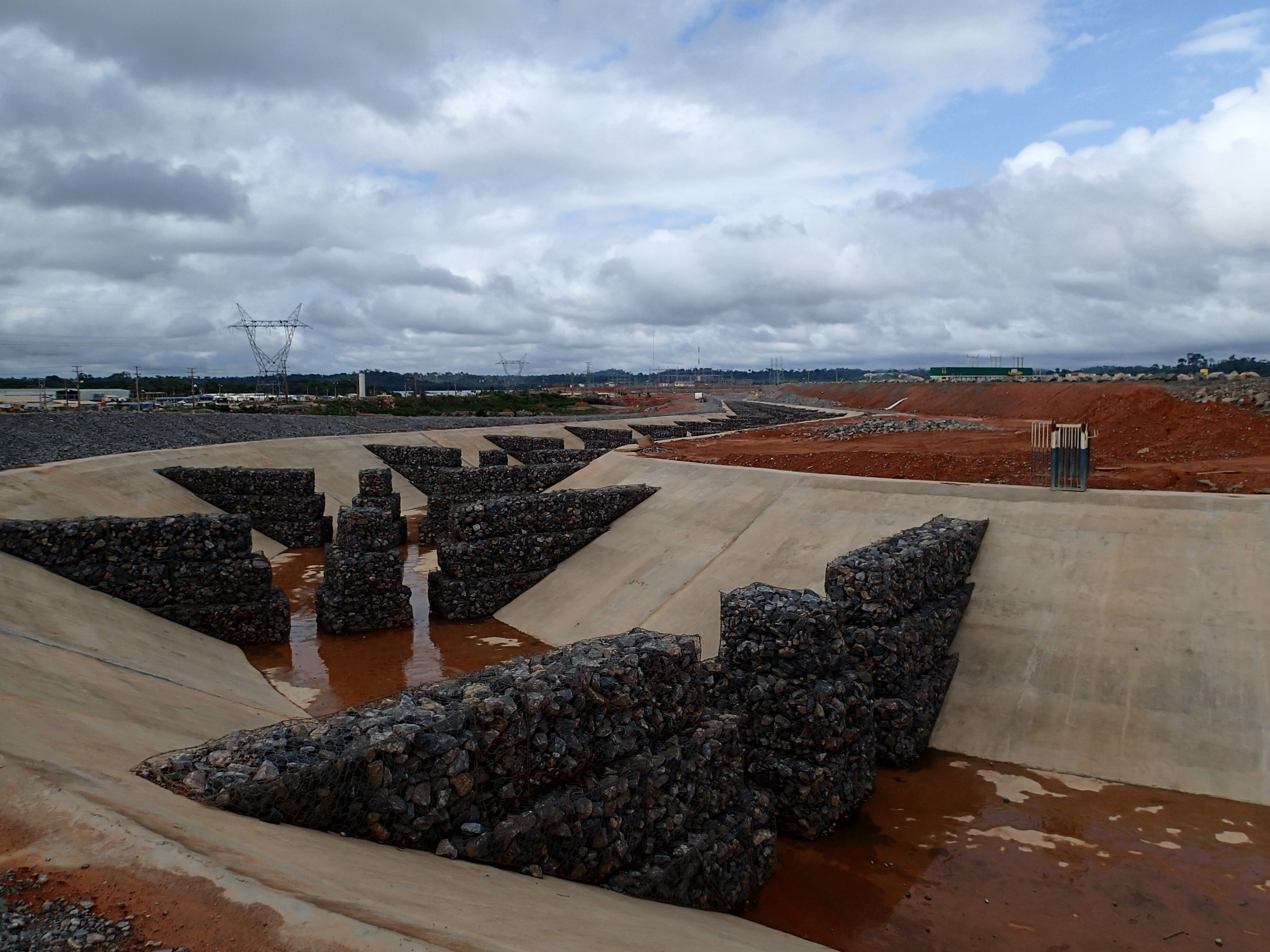Ecofish has extensive fishway design and monitoring project experience both in Canada and internationally on projects of all sizes—from small creeks to Amazon River tributaries. Project focus species have included: Pacific salmon and trout, endangered lake sturgeons, and Great Lakes and Amazonian fish communities.
Our water resources engineers and fish biologists work together to link fish behaviour and ecology with hydraulic science to provide a range of design, assessment and monitoring services.
What it involves
Fishways are hydraulic structures that allow migrating fish passage around man-made stream barriers, such as hydroelectric power dams, flow diversion structures, and water conservation weirs. Constructing fishways at stream barriers helps to mitigate the effects of in-stream development and allows fish movement upstream and downstream past barriers.
What we offer
Our team can provide a full design service through a two-step process:
- We develop criteria to ensure the resultant design will be hydraulically suitable to pass the species of focus.
- We use the criteria to help select and design a fishway structure suitable for fish passage. In accordance with target species requirements, the design undergoes hydraulic analysis and hydrodynamic simulations, using 2D and 3D numerical modelling software applications. The parameters assessed include flow, water depth, velocity, turbulence, eddy vorticity, energy dissipation rate, and fish swimming kinematics.
Once a fishway is in use, we can:
- collect field data of hydraulic parameters and fish passage efficiency using technologically advanced methods (e.g. ADV, ADCP, PIT telemetry, and underwater cameras)
- develop and execute hydraulic and biological monitoring plans
In cases where monitoring results demonstrate a need for further evaluation of an existing fishway, we can:
- undertake a detailed hydrodynamics assessment to identify design features causing poor passage
- recommend modifications that should increase passage efficiency


